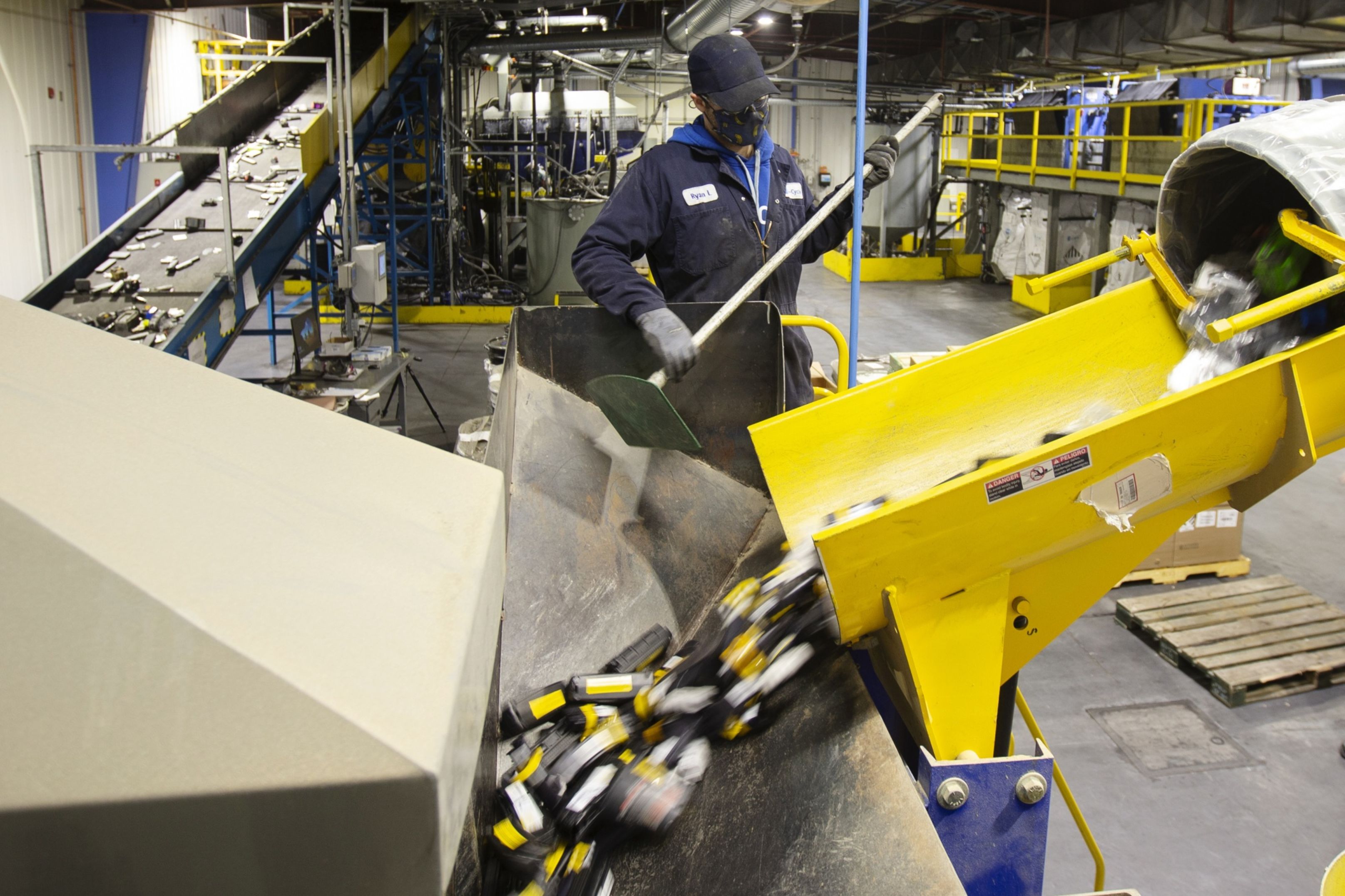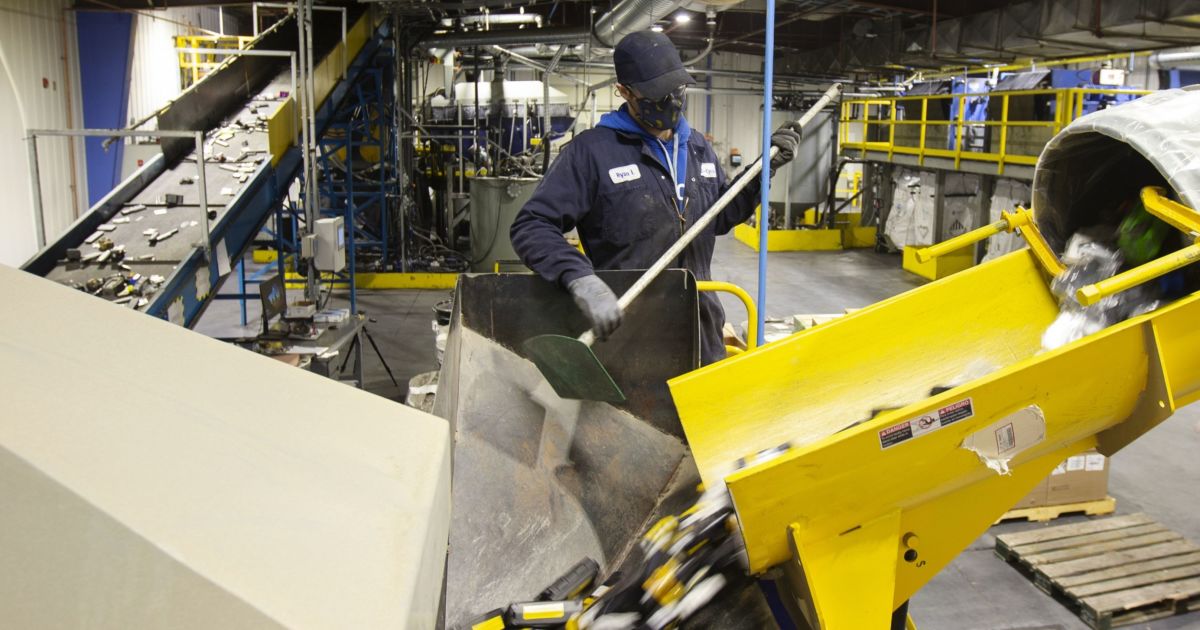

Stephanie Mackara’s clients are “long-term, buy-and-hold investors,” but that hasn’t stopped some from calling to ask her about special purpose acquisition companies (SPACs), the trendy alternative to an initial public offering that’s sweeping the equities markets.
“[SPACs] are extremely speculative and one is putting their full faith and credit into the SPAC firm to pick the right acquisition target,” says Mackara, principal wealth advisor at Charleston Investment Advisors in Mt. Pleasant, South Carolina. SPACs could potentially work as a riskier asset outside of clients’ core portfolios, but she doesn’t recommend it: “It’s a bit of blind faith.”
Mackara’s wariness mirrors that of many financial advisors who are finding themselves fielding client questions about SPACs, which are proliferating at a quick pace. In 2019, 59 SPACs went public; so far in 2021, 144 SPACs have already begun trading. There are some 350 SPACs out looking for a merger partner now, according to Jay Ritter, a professor of finance at the University of Florida.
No free lunch
SPACs are a type of “blank-check company.” The structure has been around for decades, but recently SPACs have become popular as a way to take a company public without waiting for the longer timeline of an IPO.
How it works: First, a sponsor or group of sponsors file documents to create a shell company and take it public. The company has no assets, other than the proceeds it raises from the IPO. Most sponsor groups are made up of well-known financial or industry executives, but some recent sponsor groups have included celebrity backers, among them Alex Rodriguez of the New York Yankees, basketball great Shaquille O’Neal, and tennis star Serena Williams.
Next, the company goes public, usually at a price of $10 per share. Then, the company takes its IPO proceeds and goes shopping for an operating company to acquire. Once it locates one, the SPAC’s shareholders vote on whether they approve of the deal. If the deal wins a green light, the operating company merges into the SPAC. If shareholders reject the deal, they get back most of the money the company raised in its IPO.
Individuals seeking out SPAC shares in IPOs are taking on some risk that the sponsors won’t find a suitable acquisition target, but that downside is capped because most of the money raised in the IPO is kept in a trust, where it’s held in escrow until the SPAC completes its acquisition.
“We are increasingly seeing higher retail demand in our IPOs, but it is still a relatively small figure compared to institutional demand,” says Amir Emami, a managing director at RBC who is co-head of SPAC coverage. “Retail allocations tend to be very small.”
Because a SPAC includes the ability to get some money back if the newly-public company doesn’t do an acquisition, shares of a SPAC trade differently than regular stocks.
“Until a deal announcement, it’s like a credit instrument with option value,” Emami says. “After the deal closes, the shares will trade like a typical equity instrument.”
But investors should be careful to know exactly what they’re buying when they purchase SPAC shares, he says.
“There is no free lunch; you have to do your homework on the structure and warrants,” Emami says.
‘A lot of dilution’
One controversial aspect of SPACS is their costs, which can be “subtle, opaque, and far higher than has been previously reported,” according to a recent academic working paper.
“If an investor invests in a SPAC prior to the merger and holds shares through the merger and thereafter, the investor is accepting a lot of dilution,” says Michael Klausner, a Stanford Law School professor who wrotethe paperwith Michael Ohlrogge of NYU and Emily Ruan of Stanford. “For every dollar the investor invested, much less will be invested in the post-merger company.” That’s typically a money-losing bet for investors, although some companies’ performance will propel investors’ holdings into the black after their mergers, he says.
For this reason, the market for SPACs shows some of the hallmarks of a bubble; “shares are rising for no good reason,” Klausner says. That could work out well for an investor who wishes to gamble—but only as long as they are able “to get out before the music stops,” he says.
It’s not a strategy that the typical fiduciary advisor suggests to clients.
“Most financial advisors would generally recommend investing in a well-diversified portfolio and that’s certainly my advice and something I personally follow, although I do have a little bit of money invested in SPACs myself,” says Ritter, the professor of finance at the University of Florida who studies SPACs.
As SPACs have become more popular over the last year, Ritter has seen demand skyrocketing for IPO shares.
“As more people are paying attention, it’s harder to get them at the offer price,” Ritter says. Of the last 170 SPACs to go public, all have risen in price on their first trading day. But while last year a SPAC would typically rise 1% that day, this year those shares are up an average of 6% on the first day, he says.
The surge is noticeable. According to Ritter, there are about 350 SPACs out looking for a merger partner now, which could affect the bargaining leverage that operating companies hold over SPAC executives desperate to do a deal before the typical 18-month window to merge closes.
“That’s one of the reasons why I and others think it will be harder for a SPAC to negotiate a deal that’s good for the SPAC investors,” Ritter says.
Many advisors agree with Klausner that SPAC investing is akin to a night at a casino.
“Our thinking about SPACs and other ‘trendy’ or ‘hot’ investments is to stay away from them,” says Lindsay Bourkoff, director of financial planning at Shrier Wealth Management in Los Angeles. Clients have asked her to explain SPACs after reading about the structure in media reports.
Bourkoff sees the interest in SPACs as an extension of a broader exuberance among individual investors that she finds troubling: “There is a general disregard for risk right now, and that is manifesting itself in SPACs, crypto-currencies, and tech IPOs.”
Leave a Reply